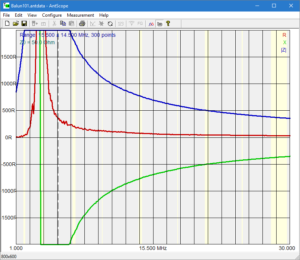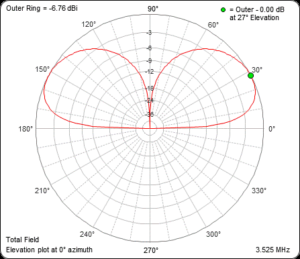
The CADWELDPLUSCU is the igniter for the Cadweld Plus line of electrically initiated thermite weld capsules. The plug seen on the end of the cable slides over the flat connection strip to the capsule.

The environment around the weld crucible is subject to a sudden ejection of hot gases and smoke, much of which is emitted out of the slot in a Oneshot crucible intended for the connection strip, and this is only a 45g capsule. There is probably less gas emitted towards the connector on reusable moulds as the gap for the connection strip is very narrow.

Despite dressing the plug away from the stream of hot gasses emitted, it can be seen above that the plug has suffered heat damage. Of particular concern is deformation of the parts at the cable clamp rendering it less effective. The plugs come on a new lead set that is relatively expensive.
Since one wants to be able to yank the cord away from the crucible as soon as possible to minimise heat damage, the cord grip needs to be effective.
This article describes two measures taken to protect the plug and ensure the cord grip works. Continue reading Cadweld Plus Control Unit
Last update: 3rd October, 2016, 5:52 PM











